A Brief History of Art Collecting
By Alexis Culotta
From the tombs of ancient Egypt to the hallowed halls of today’s world-class museums, the practice of art collecting is almost as old as civilization itself. Over the years, to hold a collection of art objects took on various meanings and contributed to the longstanding legacy of the practice that is still very much alive and well today. This article looks to some of these trends to help explain how the art of art collecting has evolved to the present day.
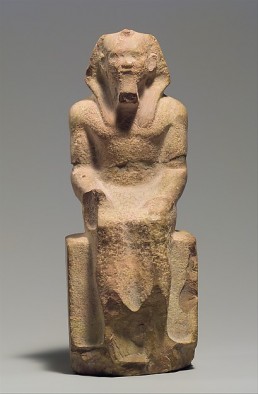
Art Collecting in Antiquity
Alongside the birth of literature and the sciences, art played a crucial role since the earliest epochs of human history. Accordingly, it was during the eras of ancient Egypt and Greece that the practice of collecting art took root, as these early cultures realized the potential for art as both a means of storytelling and as a symbol of luxury. From the luscious lapis lazuli encrusted gold work buried with the collection of Egyptian King Tut to the bronze gods that congregated in Greek temples and sanctuaries, these cultures saw art collecting as a means of reflecting both their wealth and status.
The ancient Romans followed suit, collecting and copying large numbers of Greek sculptures to symbolize their erudition. They also amassed massive spoils when the Roman emperors sacked the cities of their rivals, bringing the finest of these foreign objects home with them to signify both their triumph and authority. Rome today still bears the landmarks of Egyptian obelisks and relief-covered triumphal arches as a lasting reminder of this ancient imperial obsession with art collecting.

A Renaissance Revolution
Though the fall of Rome brought with it a relatively stagnant art market, the rebirth of the classical world in the fifteenth and sixteenth centuries witnessed wealthy patrons returning to art collecting with fervor. Commissioned works by the biggest artists of the day took pride of place in wealthy family homes, and with many walls to fill with art these family collections grew exponentially. From the Medici family of Florence to the halls of the Austrian Hapsburg family palaces, monumental family art collections began to form. Visitors and estate agents chronicled these massive collections that were in some cases passed through subsequent family generations and in others became the root of major museum collections.
This excitement for art collecting continued throughout the seventeenth-century Baroque era, during which changing trends in art encouraged collectors to stay on the cutting edge across the European continent. Kings and queens from major European countries assembled artistic riches with uncanny speed and further fueled the foundations of some of Europe’s greatest public galleries today.
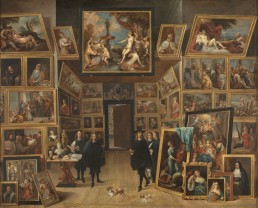
Collecting from The Enlightenment Age to the Industrial Revolution
As time passed art collections continued to be signifiers of wealth and status, but by the eighteenth century such collections also became a sign of intellectual acuity. This connection was fueled by the incredibly popular European practice of “The Grand Tour,” an extended sojourn through Europe for young aristocrats to gain an appreciation of history, culture, and the art that united both. For these Grand Tourists, acquired art works along their journey became both mementos of their travel and sources of conversation for when they returned home. Many sought art from the Italian peninsula, whose artists catered to these visitors by offering striking portraits and breathtaking cityscapes through which one’s travels could be remembered.

With the arrival of the nineteenth century came the advances of the Industrial Revolution. Transforming life through the advent of new technologies and modern conveniences, the Industrial Revolution also impacted the financial strata of European culture. Seemingly overnight, middle class and upper middle class individuals enjoyed a greater amount of disposable income and leisure time, thereby allowing new connoisseurs and collectors to enter the artistic marketplace.
At the same time, the rise of the great American industrialists resulted in a sudden explosion of American art collections. Wanting to feature themselves as equals, if not rivals, to the cultural elites of Europe, many major American business barons, from Henry Clay Frick to J.P. Morgan, began gobbling up European art acquisitions for their stateside showcases. Some sought the Old Masters while others who were less risk-averse invested in the modern artists of the day. Working with some of Europe’s most acclaimed art dealers, such as Paris’ Paul Durand-Ruel, these wealthy Americans were able to invest in the works of avant-garde figures on the ground floor.

Collecting Today
Since the early twentieth century, the practice of art collecting has continued as the price for art has climbed. The result is a consistent reporting of record sales from the major international auction houses as collectors new and seasoned alike continue to make new acquisitions. Interestingly, though, the reasons for collecting remain little changed from generations past. Beyond simply liking one’s art collection, many savvy collectors see their individual showcases as a symbol status or as a means to demonstrate their interest in or affinity for the past.
This is not to say that to be an art collector today requires a million-dollar buy-in. On the contrary, the brilliance of today’s art market is that it offers an incredible array of works at more modest price points, allowing novice collectors to try the waters before taking a major financial plunge. Setting price point aside, the mere practice of collecting art cultivates a community of those who appreciate art and want to preserve it for generations to come. Indeed, to become an art collector today is to join a legacy of collecting that traces back centuries and connects us to some of our most distant ancestors.
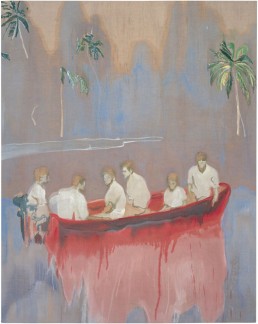
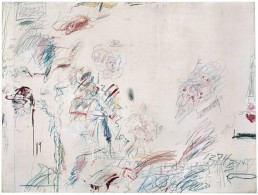
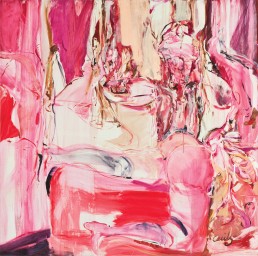
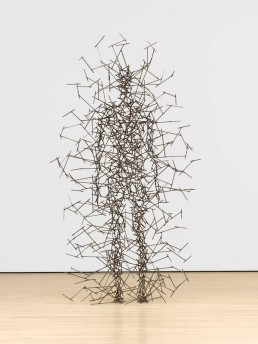
Get your free copy of Artland Magazine
More than 60 pages interviews with insightful collectors.